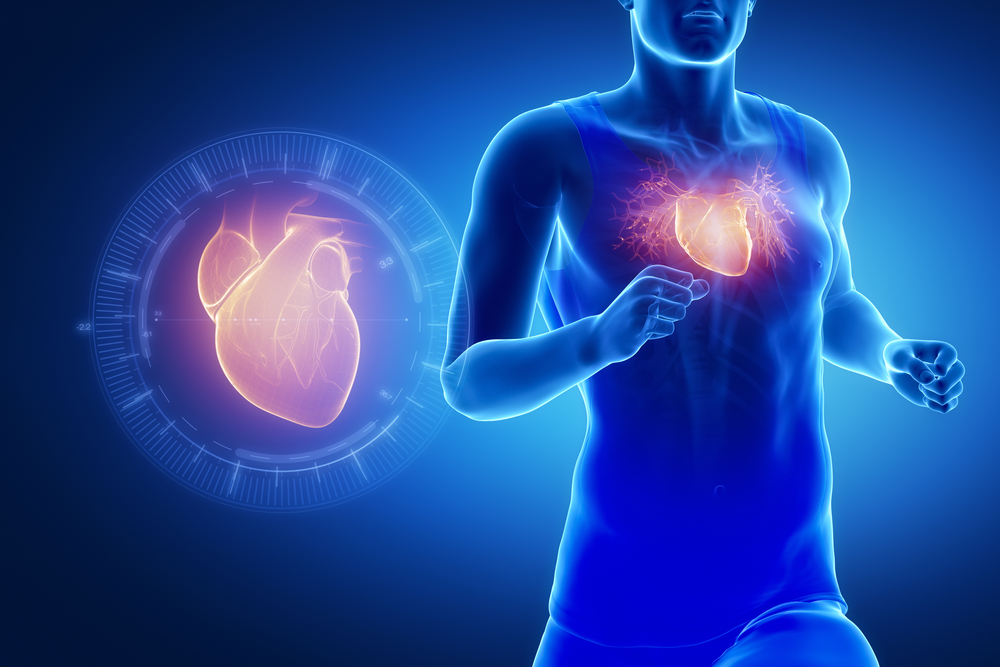Ubiquinol is a reasonably new supplement now approved by the Therapeutic Goods Administration (TGA) and therefore available to Australian Healthcare Professionals. Prior to its recent addition to the Australian Register of Therapeutic Goods (ARTG) CoQ10 was only available in the form of ubiquinone, both forms, are now marketed as supplemental options for coenzyme Q10 (CoQ10).
What is Ubiquinol?
Ubiquinol is the reduced, active antioxidant form of CoQ10. In addition to its critical role in energy production, it is the strongest lipid-soluble antioxidant available, protecting the body’s cells from oxidative stress which can cause damage to proteins and lipids.
What is the difference between ubiquinol and ubiquinone?
Ubiquinone is the oxidised form of CoQ10 that consumers are most familiar with; it has been taken as a supplement and studied for more than 30 years.
In order to generate cellular energy, the body must convert ubiquinone into ubiquinol. Without this conversion, the body’s energy production process cannot be completed and energy levels cannot be sustained. Thus, both are critical to sustaining your body’s natural energy.

Where does Ubiquinol come from?
Kaneka Nutrients is the largest manufacturer and supplier of CoQ10 in the world. [1] Since 1977, Kaneka has commercially manufactured the only yeast-fermented, all natural CoQ10 that is bio-identical to the CoQ10 produced naturally in the body. Supported by more than 30 years of manufacturing, safety and clinical studies, KanekaQ10TM is the industry standard. Kaneka has been able to perfect a stabilisation process by which ubiquinol remains in its reduced form. This process, using nitrogen gas, ensures ubiquinol does not oxidise to the ubiquinone form during manufacture. At the encapsulation process, controlled conditions ensure oxidation is also avoided, and the stability and content of ubiquinol in the final capsules is guaranteed. [1]
Ubiquinol is not oxidised into the ubiquinone form until after digestion of the capsule, and as part of the natural physiological function of conversion and use of ubiquinol and ubiquinone in the body.
STRUCTURE OF COQ10
Ubiquinol, the active form of CoQ10, is a lipid-soluble potent antioxidant with high bioavailability and proven long-term stability.
Featuring two more electrons than ubiquinone (the more well known form of supplemental CoQ10), ubiquinol is an electron donor, making it the form of CoQ10 that protects against oxidative reactions in the body.
CoQ10 is a dynamic compound that can cycle through three redox states in the body, each having an important role to play in various processes:
- Fully oxidised = ubiquinone
- Univalently reduced = ubisemiquinone
- Fully reduced = ubiquinol [2]
Both ubiquinone and ubiquinol are present in all cellular membranes as well as in blood serum and in serum lipoproteins, where ubiquinol efficiently protects against lipid peroxidation. [3] Research also shows a protective effect on mitochondrial membrane proteins from free-radical induced oxidative damage. [4]
BENEFITS OF UBIQUINOL SUPPLEMENTATION
Ubiquinol has a 3-fold increase in availability than ubiquinone. [5-7] A review investigating the absorption of different coenzyme Q10 formulas found that the highest plasma CoQ10 levels were achieved with a solubilised ubiquinol formulation. [5]
The chemical difference between ubiquinone and ubiquinol is that the latter compound contains two hydroxyl groups, thus enabling it to be more “hydrophilic” and consequently more bioavailable than ubiquinone. [8]
Ubiquinol confers excellent protection against LDL lipid peroxidation. [8] Ubiquinol supplementation may also be of particular benefit for middle-aged to elderly people to help combat oxidation associated with normal healthy advancing age. [10]
When to prescribe Ubiquinol?
As the more bioavailable form of CoQ10, ubiquinol has all the same benefits associated with conventional CoQ10 (ubiquinone) that have been well established over the last three decades, including energy production. However, ubiquinol may be the preferred supplement form of CoQ10 for individuals with higher requirements and/or reduced absorption rates and those experiencing increased oxidative stress.
In particular, prescribing ubiquinol is useful for people requiring high doses because ubiquinol can be given at lower doses than ubiquinone to produce the same clinical effect. [5-7] For young, healthy individuals, ubiquinone is usually sufficient for supplementation needs. Healthy adults in their 20s and 30s can easily metabolise CoQ10 and convert it into ubiquinol. For individuals who are over 40, ubiquinol may prove more beneficial since the body’s ability to produce CoQ10 and convert it into ubiquinol is diminished. As ubiquinol is pre- converted, it is ready for immediate use by the body, making it ideal for those unable to efficiently reduce CoQ10 in the body.
Key Practice Points:
-
Kaneka CoQ10 is a trusted source of quality, stability and efficacy from CoQ10 Supplements
-
Kaneka have patented technology for producing stable supplemental ubiquinol.
-
Ubiquinol has two more electrons than Ubiquinone - making it the ideal electron donor for oxidative stress
-
Ubiquinol shows a three-fold increase in availability - meaning you can use less, to achieve the same clinical effects
-
Ubiquinol is hydrophilic - also improving its bioavailability
-
Ubiquiniol is the ideal choice for older patients, or those with impaired, or diminished capacities to convert their CoQ10 into the active form.
References
- Kaneka Nutrients. Viewed 19 June 2013, http://www.kanekanutrients.com
- Sohal RS, Forster MJ. Coenzyme Q, oxidative stress and aging. Mitochondrion 2007;S7:S103–S111. [Full Text]
- Pobezhimova TP, Voinikov VK. Biochemical and physiological aspects of ubiquinone function. Membr Cell Biol 2000 Jan 01;13(5):595-602. [Abstract]
- Ernster L, Dallner G. Biochemical, physiological and medical aspects of ubiquinone function. Biochem Biophys Acta 1995 May 24;1271(1):195-204. [Abstract]
- Bhagavan HN, Chopra RK. Plasma coenzyme Q10 response to oral ingestion of coenzyme Q10 formulations. Mitochondrion 2007;S7:S78-88. [Abstract]
- Hosoe K, Kitano M, Kishida H, et al. Study on safety and bioavailability of ubiquinol (Kaneka QHTM) after single and 4-week multiple oral administration to healthy volunteers. Regul Toxicol Phamacol 2007;47:19–28. [Abstract]
- Miles M. The uptake and distribution of coenzyme Q(10). Mitochondrian 2007;7S:S72-77. [Abstract]
- Faloon W. Report: Has your CoQ10 become obsolete? LE Magazine, January 2007. [Article]
- Stocker R, Bowry VW, Frei B. Ubiquinol-10 protects human low density lipoprotein more efficiently against lipid peroxidation than does alpha-tocopherol. Proc Natl Acad Sci 1991 March 1;88(5): 1646-1650. [Full Text]
- Wada H, Goto H, Hagiwara S, et al. Redox status of coenzyme Q10 is associated with chronological age. J Am Geriatr Soc 2007;55(7):1141-1142. [Full Text]
DISCLAIMER:
The information provided on FX Medicine is for educational and informational purposes only. The information provided on this site is not, nor is it intended to be, a substitute for professional advice or care. Please seek the advice of a qualified health care professional in the event something you have read here raises questions or concerns regarding your health.


